Located thinking: the future of IoT is local
Jon Rogers
We care about technology, but we care even more about people and place.
When Michelle and I started out thinking about how we could convene people around open Internet of Things, it was about understanding it’s a journey. About knowing that we are not ‘getting’ anywhere, and it is not going to be clear. Innovation is never clear. It is about the atmosphere, the environment and the attitude.
Our direction emerged from the following values:
- Diversity is key—diversity in people, in processes and technologies.
- Critically positive framework for reflection
- Not having a goal in sight—else we would only deal with things for the now
- Celebration of individuality & personal expression, which also equals messiness
- Patience with this messiness and chaos
- Beauty and celebration
- Clever people who are also nice
We are attempting to break away from this business of Silicon Valley and their language of agile prototyping and failing fast. That doesn’t mean anything in our contexts. It is instead about being flexible, adaptive and empathetic where you are working in tune with the people you are with.
Let’s not forget that we are human! So much of the Silicon Valley approach attempts to remove the human, building a dirty culture of lack of respect for land, history, people. Everything is new and in the ‘here and now’, and we are all shiny and let’s get on with it.
I have a problem with the word disruption; no-one where I live wants to be disrupted. Yes, of course, we need to work hard and work quickly, but the things we are dealing with can’t happen quickly. We can have a hackathon for climate change, but these are complex problems, and nothing is going to change in a couple of days.
Which brings me to why we like to create in specific places.
For me, it is a very clear personal point of difference about ‘innovation’ and the way it is going right now. Globally, this trend of innovation labs are becoming characteristic of glossy places in posh parts of cities, giving visitors this ‘amazing’ experience of life that in reality is a sanitized version of real life. This is a pretty inhuman way of working. For example, town halls and village halls were built with this incredible purpose of public good, especially for times of extreme emergency.
Nowadays, we all seem to think we are all fine, but we are actually going into real crises, whilst these civic places are now crumbling. We wanted to locate us back in these real spaces. It immediately locates you in communities. All around in these places there’s art, painting, photos, knotting and embroidery that has been done by the community over decades, and possibly centuries and not installations that have been done by the latest, trendiest ‘artists’. This helps us to not forget where we come from and connect to communities via these. The internet doesn’t know how to do that, but village halls do.
In the design sprints we run, it’s our intention to make it feel memorable and inspiring. People need great food, they need breaks, they need to not be working all the time, they need locally resourced forms of entertainment. People need nice places to stay in.
If I were to write some guiding principles for our design sprints, it might go something like this:
- You are here
- Be mindful and respectful
- Look around you
- You are passing through
- Stay in homes, not hotels
- Build the event from local resources
- You aren’t anything special, you are part of the tide of life
Image caption/credit: Refurbing an old telephone box in Anstruther with a RPi-powered local information exchange for teenagers, Mozilla Open IoT, Anstruther Scotland Design Sprint, June 2016
